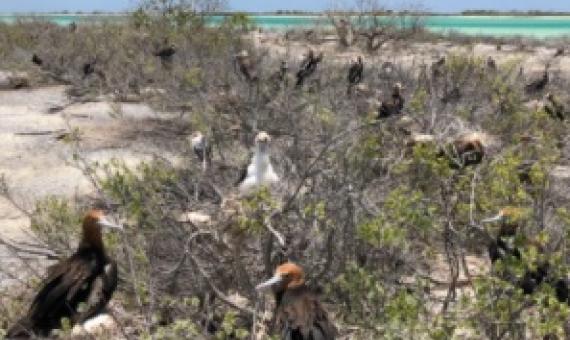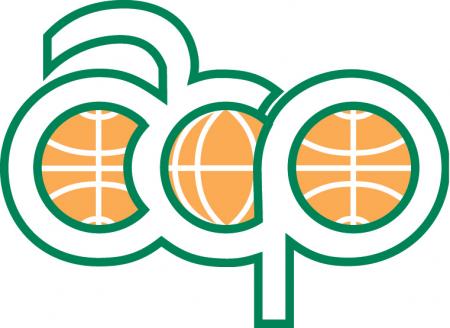Earth Summit meeting on sustainable development in New York, Green Peace biological project in Federated States of Micronesia, Kiribati embarks to develop their National Environmental Strategy.
One of the most important outcome earth summit on environmental development held in Brazil, was an agreement to establish the United Nations commission on sustainable development. This commission has been entrusted the task of ensuring the follow up to the unsaid conference. The biological project is considered as a compost site. with organic waste to be used as fertilizers in the Federated States of Micronesia. Kiribati developing NEMS, to define the major of environmental issues faced by the countries and provide solution to face these issues.







